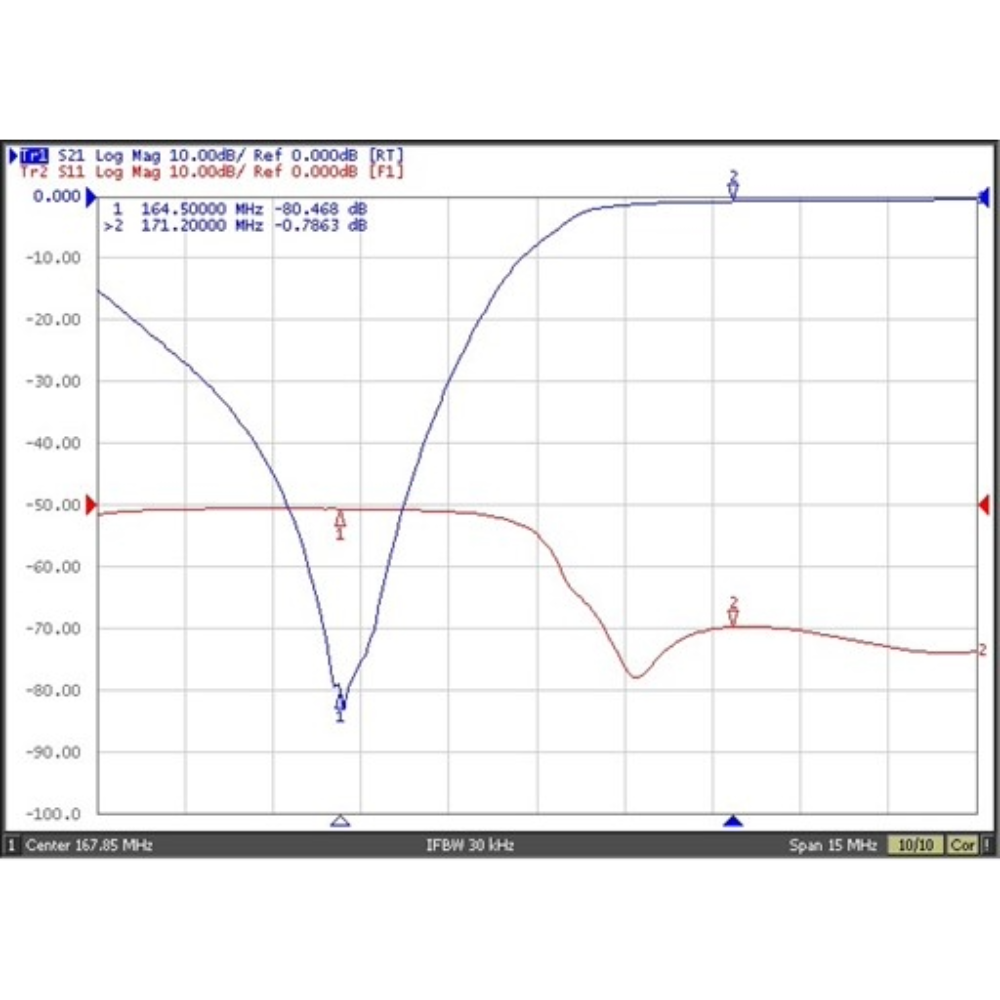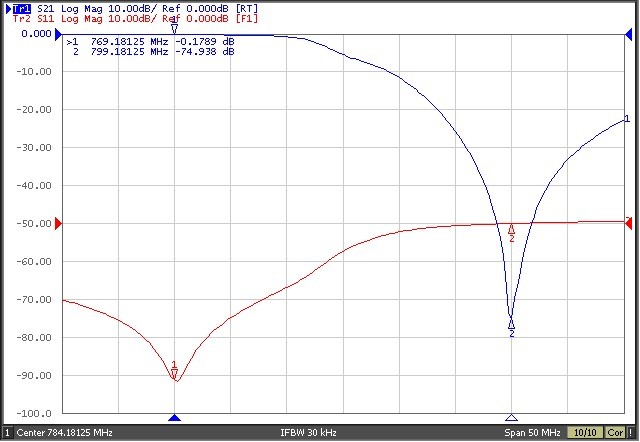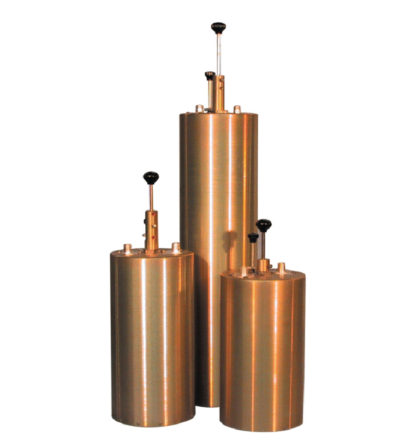- Extruded aluminum cavities and solid- shield copper-jacketed inter-cabling that ensures excellent mechanical and electrical stability
- All units are adjustable in the field and rated at 50 watts continuous duty with a maximum VSWR of 1.5: 1 over the entire tuning range.
- BNC connectors are standard.
-
 Features compact size, low loss and temperature compensation over the range of -40ºC to +60ºC
Features compact size, low loss and temperature compensation over the range of -40ºC to +60ºC -

 The Comprod 526-90 is a 1 inch 6 cavity VHF compact size mobile duplexer. Featuring low loss and temperature compensation over the range of -22 F to +140 F. The use of extruded aluminum cavities and solid shield copper jacketed inter-cabling assure excellent mechanical and electrical stability.
The Comprod 526-90 is a 1 inch 6 cavity VHF compact size mobile duplexer. Featuring low loss and temperature compensation over the range of -22 F to +140 F. The use of extruded aluminum cavities and solid shield copper jacketed inter-cabling assure excellent mechanical and electrical stability.- All units are field tunable and rated at 50 watts continuous duty
- BNC connectors are standard.
-

 The Comprod 544-90*1 is a 1 inch 4 cavity UHF compact size mobile duplexer. Featuring low loss and temperature compensation over the range of -22 F to +140 F. The use of extruded aluminum cavities and solid shield copper jacketed inter-cabling assure excellent mechanical and electrical stability.
The Comprod 544-90*1 is a 1 inch 4 cavity UHF compact size mobile duplexer. Featuring low loss and temperature compensation over the range of -22 F to +140 F. The use of extruded aluminum cavities and solid shield copper jacketed inter-cabling assure excellent mechanical and electrical stability.- All units are field tunable and rated at 50 watts continuous duty
- BNC connectors are standard.
- Variations on connectors and mountings are available on special order.
-

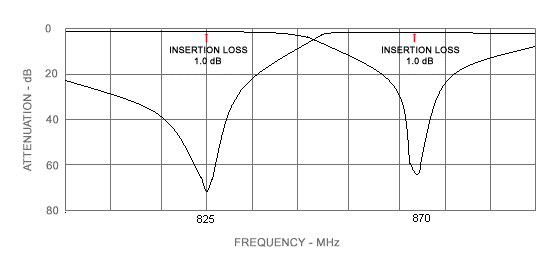



 The Comprod 544-90*2 is a 1 inch 4 cavity UHF compact size mobile duplexer. Featuring low loss and temperature compensation over the range of -22 F to +140 F. The use of extruded aluminum cavities and solid shield copper jacketed inter-cabling assure excellent mechanical and electrical stability.
The Comprod 544-90*2 is a 1 inch 4 cavity UHF compact size mobile duplexer. Featuring low loss and temperature compensation over the range of -22 F to +140 F. The use of extruded aluminum cavities and solid shield copper jacketed inter-cabling assure excellent mechanical and electrical stability.- All units are field tunable and rated at 50 watts continuous duty
- BNC connectors are standard.
- Variations on connectors and mountings are available on special order.
-

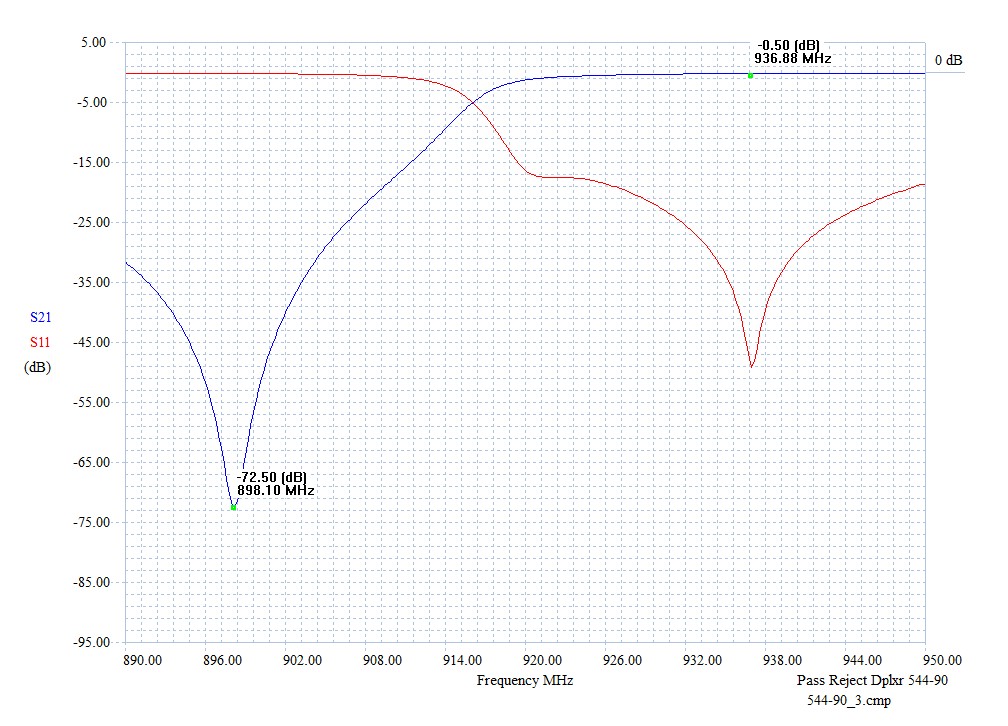



 The Comprod 544-90*3 is a 1 inch 4 cavity UHF compact size mobile duplexer. Featuring low loss and temperature compensation over the range of -22 F to +140 F. The use of extruded aluminum cavities and solid shield copper jacketed inter-cabling assure excellent mechanical and electrical stability.
The Comprod 544-90*3 is a 1 inch 4 cavity UHF compact size mobile duplexer. Featuring low loss and temperature compensation over the range of -22 F to +140 F. The use of extruded aluminum cavities and solid shield copper jacketed inter-cabling assure excellent mechanical and electrical stability.- All units are field tunable and rated at 50 watts continuous duty
- BNC connectors are standard.
- Variations on connectors and mountings are available on special order.
-

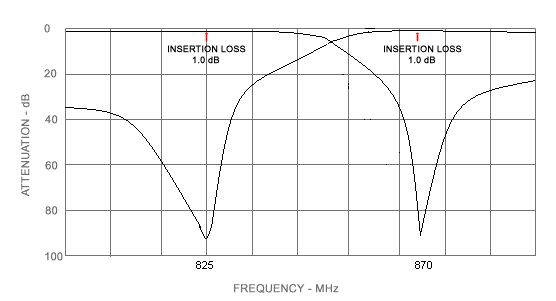

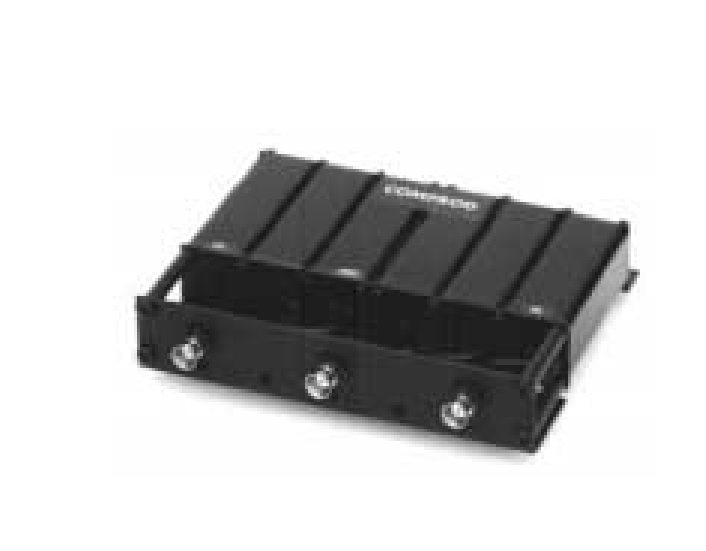 Our line of 800 MHz mobile duplexers feature compact size, low loss and temperature compensation over the range of -22 oF to +140 oF. The use of extruded aluminum cavities and solid shield copper jacketed inter-cabling assure excellent mechanical and electrical stability.
Our line of 800 MHz mobile duplexers feature compact size, low loss and temperature compensation over the range of -22 oF to +140 oF. The use of extruded aluminum cavities and solid shield copper jacketed inter-cabling assure excellent mechanical and electrical stability.- All units are field tunable and rated at 50 watts continuous duty
- BNC connectors are standard.
- Variations on connectors and mountings are available on special order.
-

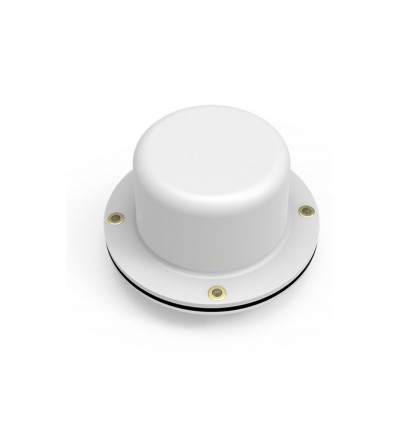 Ideal for low clearance applications such as those found on trains, mass transit vehicles, construction equipment and police and emergency vehicles
Ideal for low clearance applications such as those found on trains, mass transit vehicles, construction equipment and police and emergency vehicles- When mounted on a horizontal surface, maximum radiation is omnidirectional and vertically polarized
- Standard, folded radiator housed in a sturdy high impact ABS radome
- Supplied with a mounting gasket to ensure a moisture-proof installation
-

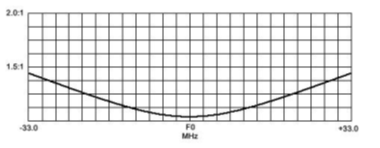

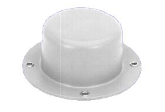 Our line of radome transit antennas for operation in the 806-960 MHz band consists of compact, low profile antennas in weatherproof ABS radomes. When mounted on a horizontal surface, maximum radiation is omnidirectional and vertically polarized. These antennas are an excellent choice for low clearance applications such as those found on trains, mass transit vehicles, construction equipment and police and emergency vehicles. The F-3758 model is a standard, folded radiator housed in a sturdy high-impact ABS radome. To ensure a moisture proof installation, the F-3758 model is supplied with a mounting gasket. DOWNLOAD PDF
Our line of radome transit antennas for operation in the 806-960 MHz band consists of compact, low profile antennas in weatherproof ABS radomes. When mounted on a horizontal surface, maximum radiation is omnidirectional and vertically polarized. These antennas are an excellent choice for low clearance applications such as those found on trains, mass transit vehicles, construction equipment and police and emergency vehicles. The F-3758 model is a standard, folded radiator housed in a sturdy high-impact ABS radome. To ensure a moisture proof installation, the F-3758 model is supplied with a mounting gasket. DOWNLOAD PDF -

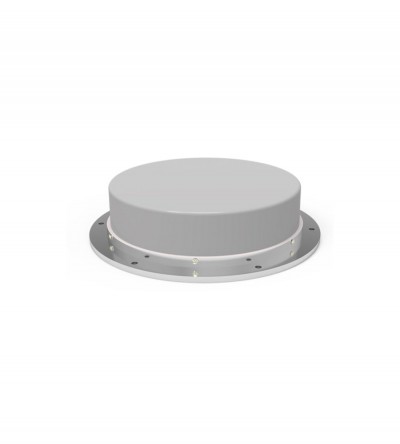 Ideal for low clearance applications such as those found on trains, mass transit vehicles, construction equipment and police and emergency vehicles
Ideal for low clearance applications such as those found on trains, mass transit vehicles, construction equipment and police and emergency vehicles- Compact, low profile antennas in weatherproof ABS radomes
- When mounted on a horizontal surface, maximum radiation is omnidirectional and vertically polarized
- Space diversity design that provides greater communication reliability in a fading environment
- Supplied with an O-ring to ensure a moisture-proof installation
-

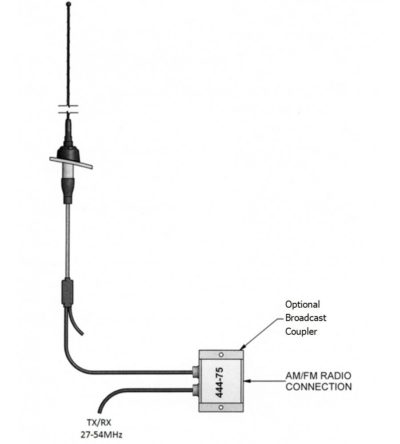 Individually calibrated to ensure the best performance in a disguised appearance
Individually calibrated to ensure the best performance in a disguised appearance- Two or three separate frequency segments in a given mobile band
- Cross-channel operation in two mobile bands with one antenna
- Alternative antennas to an OEM version will be recommended, where required (e.g. Euro-style, or universal mount traditional whip)


